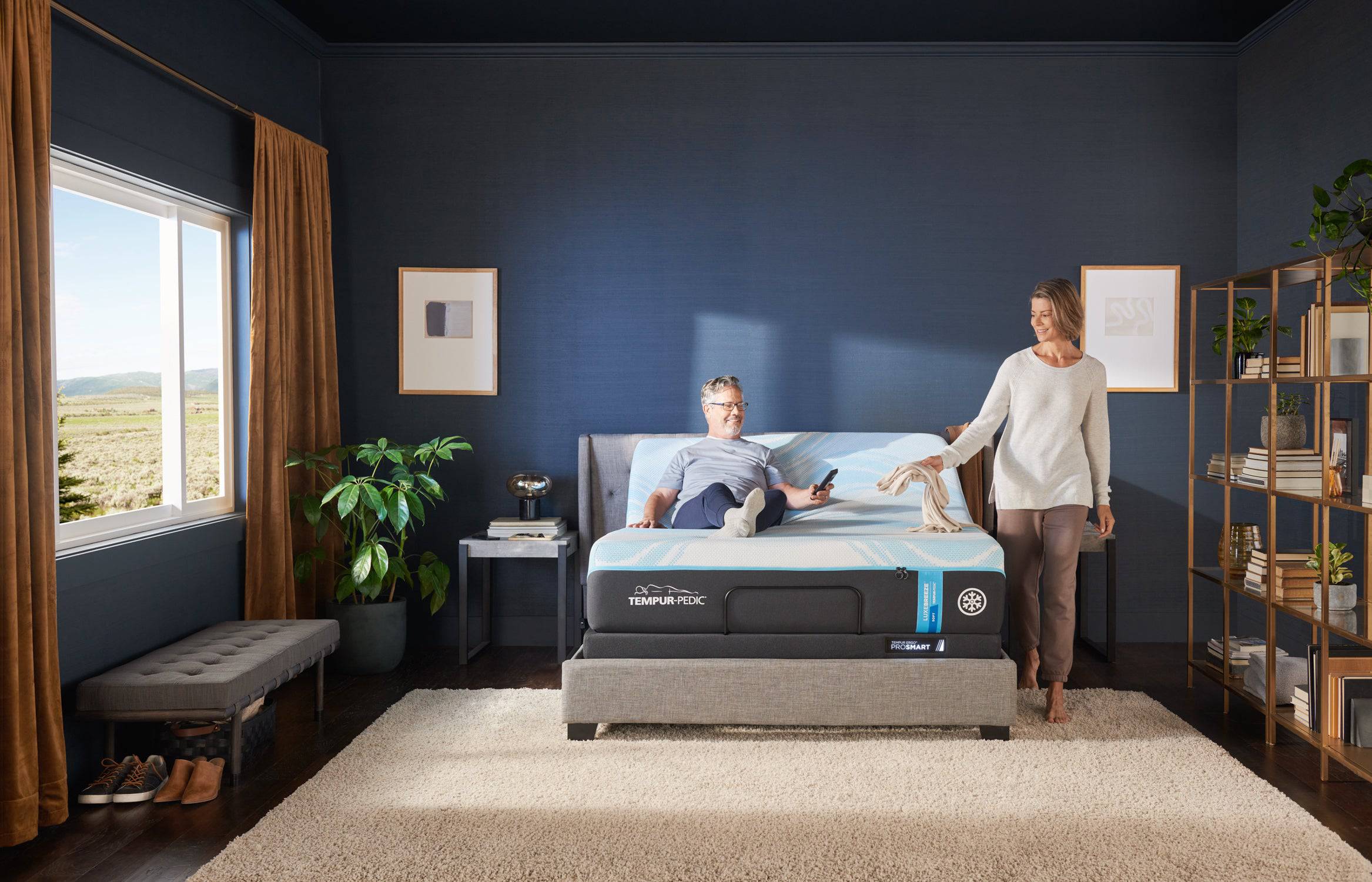All Categories
Featured

When creating a home, the design of furnishings you choose plays a considerable function in establishing the overall tone and ambience of an area. 2 prominent styles that property owners frequently question between are traditional and modern.
- Style and Framework. Contemporary Furnishings: Contemporary furniture is characterized by sleek, minimal styles that highlight simpleness and tidy lines. Contemporary furnishings often tends to be ventilated and light, preferring open spaces, and typically stays clear of too much decoration.
Traditional Furnishings: Conventional furniture, by comparison, attracts motivation from historical styles such as Colonial, Victorian, or French Provincial. The designs are often much more elaborate, with rounded lines, elaborate makings, and attractive describing. Typical furniture pieces have a tendency to have a more stately or official appearance, with classy curves and larger construction. Unlike the sleekness of contemporary pieces, standard furnishings commemorates workmanship, frequently showcasing beautifully in-depth woodwork and glamorous upholstery. The visual is rooted in a sense of eternity and improvement.
- Products and Finishes. Contemporary Furniture: Contemporary furnishings is made using a variety of materials, including steels, glass, acrylic, and timber. The products used are typically lighter and less elaborate than those found in standard furniture, but they are developed to highlight tidy lines and open spaces.
Typical Furnishings: Typical furniture is understood for its usage of premium, solid products, specifically hardwoods like oak, walnut, mahogany, and cherry. The building and construction of traditional furnishings items is often extra hefty and robust, built to last for generations.
- Color Combination. Contemporary Furnishings: The shade combination in modern furniture is typically extra subdued and neutral. While these neutral tones are the key foundation, modern furniture typically incorporates vibrant accent colors to bring in personality and vibrancy.
Conventional Furniture: Conventional furniture, on the various other hand, features richer, much deeper colors. Standard furnishings additionally often tends to include much more complicated patterns and appearances, such as floral themes, damask, and red stripes.
- Convenience and Usefulness. Contemporary Furnishings: Comfort and capability are crucial parts of contemporary furniture. Many contemporary furnishings layouts are modular, permitting for adaptability and versatility in various room dimensions and designs.
Typical Furniture: While convenience is certainly a factor to consider in standard furniture, it takes a rear seat to the style and beauty of the design. Standard furnishings is often more considerable and may show up larger, with deep cushions and deluxe upholstery. The focus in standard layouts is on supplying a comfy, comfortable ambience, yet functionality is generally not as prioritized as in modern styles. Typical furnishings may likewise feature intricate information such as tufted furniture, scrollwork, and hand-carved legs, which enhance the aesthetic appeal however may not always supply the very same level of practicality as modern layouts.

- Assimilation with Various Other Styles. Contemporary Furnishings: One of the benefits of contemporary furnishings is its versatility. Given that contemporary design concentrates on clean lines and easy forms, it can easily mix with various other designs, including industrial, Scandinavian, or perhaps some traditional elements. Contemporary furniture functions well in open-plan rooms, metropolitan apartments, and homes with minimal decoration. Its easy types and neutral shades enable it to incorporate smoothly with a selection of other layout elements, making it an adaptable choice for those aiming to mix and match styles.
Traditional Furniture: Traditional furniture is a lot more suited to homes that welcome a traditional, timeless style. It thrives in formal setups and is ideal suited for areas that have a much more established, timeless feeling. While it can be coupled with contemporary or contemporary pieces to create an eclectic visual, traditional furniture frequently sticks out by itself. The luxurious products and abundant details made use of in typical furniture demand attention, and it's best integrated into areas that permit it to shine. Standard furnishings is best for creating a feeling of background and magnificence in a room.
- Long life and Timelessness. Contemporary Furniture: Contemporary furnishings has a tendency to evolve with the times, mirroring present layout trends and preferences. While the modern-day allure of these pieces can last for several years, they may not have the exact same long lasting power as conventional furnishings. As patterns transform, contemporary furniture may end up being outdated, but this can additionally be an advantage for those that take pleasure in upgrading their home regularly to stay up to date with design changes.
Typical Furniture: Standard furniture, however, has a timeless high quality that allows it to retain its charm for generations. Due to its traditional style and high-quality products, standard furnishings commonly becomes a long-term investment. It can endure for years, even centuries, without losing its value or allure. This makes conventional furniture a superb selection for home owners looking for pieces that can stand the test of time and be passed down via the household.
Verdict. Eventually, the choice between contemporary and typical furniture designs depends on your individual choices and the atmosphere you desire to create in your home. In contrast, typical furniture gives ageless style and complex craftsmanship, ideal for producing an extravagant, traditional setting.
Latest Posts
Why Chain-Link Fencing is the Smart Option for Your Home
Published Apr 13, 25
1 min read
Premier Eye Center South - Cataract Surgery Near Me: Regain Sharp, Clear Vision.
Published Apr 12, 25
2 min read
Open Greater Revenues with WyHy Money Market Accounts
Published Apr 12, 25
1 min read
More
Latest Posts
Why Chain-Link Fencing is the Smart Option for Your Home
Published Apr 13, 25
1 min read
Premier Eye Center South - Cataract Surgery Near Me: Regain Sharp, Clear Vision.
Published Apr 12, 25
2 min read
Open Greater Revenues with WyHy Money Market Accounts
Published Apr 12, 25
1 min read